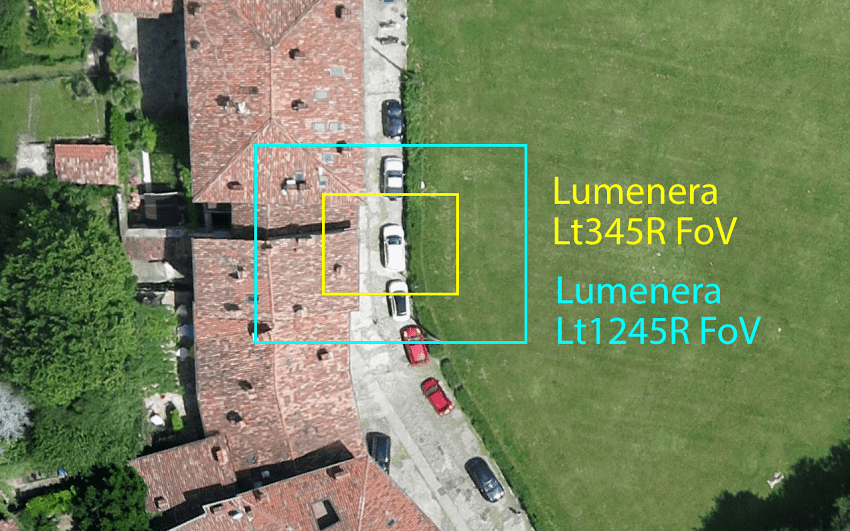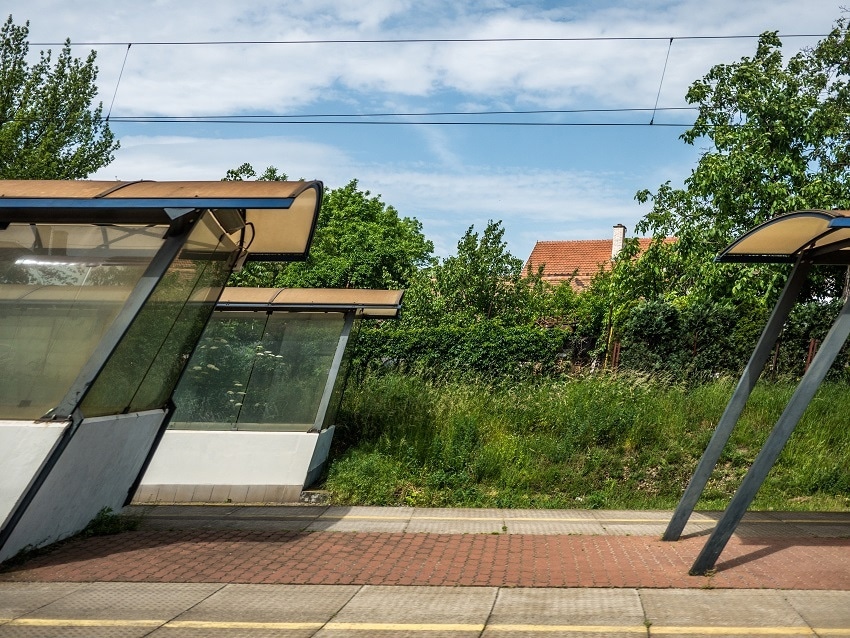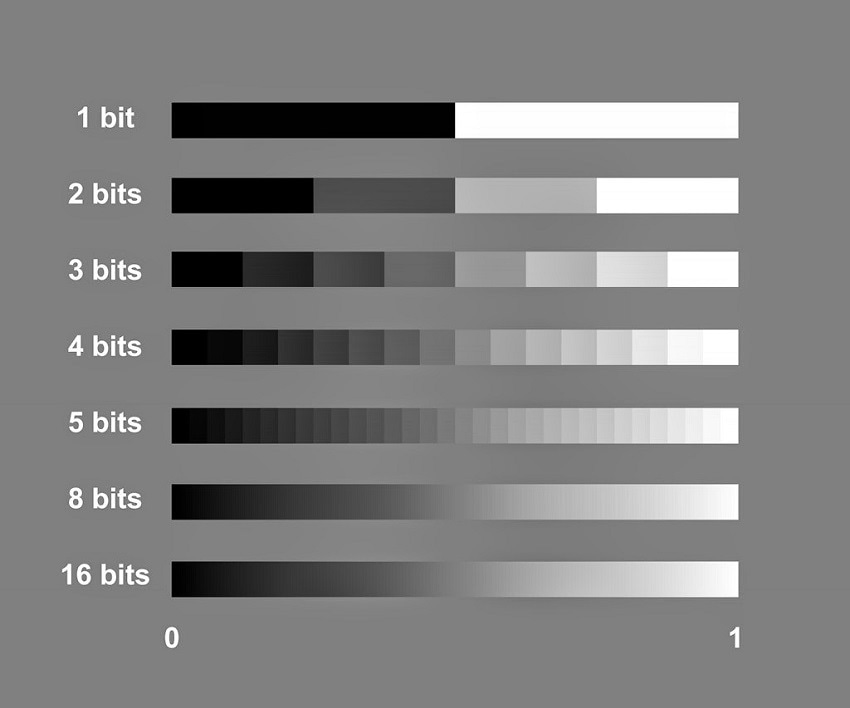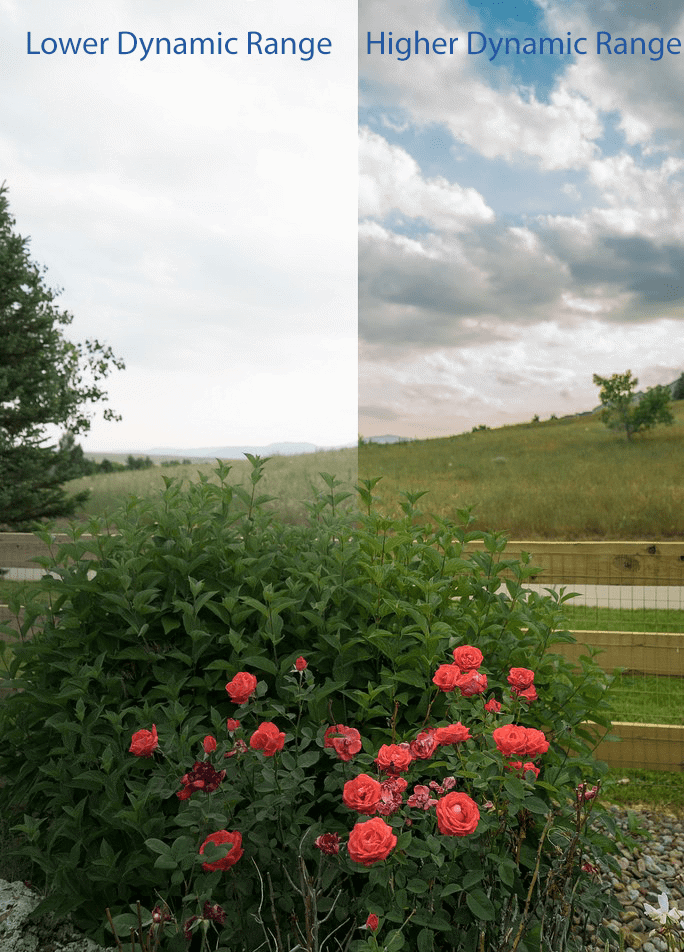In this interview, Corey Fellows, Director of Sales at Lumenera talks to AZoOptics about improving aerial imaging for cameras and aircrafts.
What parameters need to be considered for aerial imaging?
Most aerial imaging applications will have a pre-determined ground resolution or ground sampling distance (GSD) requirement. Systems are therefore built around that dimension. Achieving this is not typically an issue since there are a number of parameters that can be modified to reach the requirement, such as the height at which the aircraft flies above the ground, the lens’ focal length, and the camera’s pixel size. However, optimizing the system to cover more ground or fly faster can be done with careful component selection centered largely around the camera.
How would an aerial imaging system be optimized to cover more ground?
Once the GSD is determined and the system is built to achieve this minimum specification, selecting the appropriate camera is integral to the system’s Field of View (FoV). By using a wider FoV the aircraft can capture more area per image. With fewer images required to get the same image swath, flight times can be shortened which results in shorter imaging sessions and less power consumption. Additionally, by choosing a camera with a larger image sensor the system can cover more ground during the same flight time.

FoV Comparison between Teledyne Lumenera Lt345R and Lt1245R Cameras
How does choosing the right camera allow an aircraft to fly faster?
To ensure images are sharp and without blur, aircraft speed will need to be limited due to the camera’s exposure time, pixel size, and GSD. To elaborate, the image sensor can be thought of as a projector screen made form a grid of pixels. Each part of this grid captures part of the final image. If the aircraft were to move so that more than half of the image being captured on a pixel was shifted over to the neighbouring pixel, the result would be multiple pixels capturing part of the same piece, introducing blurring. Therefore, this means the aircraft should not move more than half of the camera’s pixel size in object space (which is a relative measurement of pixel size, sensor size, and FoV) during the exposure time.
By changing the GSD, the system could be tweaked to fly faster, however, a loss in resolution would occur. Using a camera with larger pixels is also an alternative, but again, this would come at a cost of lost resolution. Selecting a camera with higher sensitivity would allow for shorter exposure time and an increase in the aircraft’s ground speed without introducing motion blur.
What is the advantage of using a global shutter sensor over a rolling shutter sensor?
Similarly to motion blur, rolling shutter cameras can introduce aberrations into images that would render them unusable. Since each line of the sensor is exposed sequentially, the distortion would be introduced into the image if the aircraft is moving. To remove this type of aberration, a global shutter camera is required to ensure distortion-free images. Global shutter cameras work by exposing all the pixels at the same time, freezing any movement onto the sensor, resulting in a proper image.

The effect of a rolling shutter on an image taken with a moving camera
How can someone determine camera reliability?
Things to look for in a reliable camera are aspects like warranty duration, trigger delay times, and dropped frames. When dealing with critical data and where a lost frame can put a significant hindrance on a project, choosing a camera that will continuously and reliably output frames is the only option. Teledyne Lumenera cameras are incredibly robust and reliable. Customers never complain about dropped frames and there have even been instances where a customer’s camera fell out of an aerial payload at an altitude, hit the ground, and continued to work.
Teledyne Lumenera cameras also have very short trigger delays, in the order of microseconds for hardware triggering, which allow for a high correlation to IMU and GPS data. This allows for easy integration and high reliability for system implementation.
It is for reasons like this that Teledyne Lumenera offers the longest industrial warranty in the industry: four years. And that covers continuous usage in industrial settings, something that will automatically void a consumer grade camera warranty.
Why is bit depth a key factor for selecting an aerial imaging camera?
Bit depth is essentially the amount of information contained in each pixel. Higher bit depths allow a much wider range of possible pixel values, allowing users to have finer data granularity for computational analysis. Typical computers and cameras will capture images with 8-bits of information per color channel, which is ample for being viewed by the human eye. Teledyne Lumenera cameras can, however, capture images with depths as high as 14-bits per color channel, depending on the camera model. This allows for much more precise mathematical analysis of an aerial survey.

Bit depth chart showing a visual difference between values
What does Teledyne Lumenera offer that helps with choosing aerial imaging equipment?
Teledyne Lumenera’s go-to line of cameras for aerial imaging is the Sony Pregius-based LtX45R Camera Series. With high-sensitivity global shutter sensors, these cameras have low power requirements and are offered in three, five, nine, and twelve megapixel variants. The pixel size is the same for all cameras in the series (3.45 microns), whereas the sensor size increases with resolution. They also have a high dynamic range which allows them to see into shadows and brightly lit areas of a scene simultaneously.

Comparison of low and high dynamic range
What direction does Teledyne Lumenera believe aerial imaging is heading in?
While consumer centered aerial vehicles (UAVs) are proliferating in the marketplace, Teledyne Lumenera believes that industrial level inspection applications will continue to require industrial-grade cameras. This is why Teledyne Lumenera continues to develop cutting edge, industrial-grade cameras to allow for high sensitivity, high dynamic range, and high bit-depth imaging to facilitate aerial machine vision, computation, and analysis.
About Corey Fellows

As the Director of Sales at Lumenera, Corey is responsible for strategic account management and OEM business development across the Americas.
Corey has extensive experience in the global digital imaging industry, and has helped to create custom and OEM imaging solutions for a wide variety of industrial markets including: transportation, factory automation, biometrics and unmanned systems.
Disclaimer: The views expressed here are those of the interviewee and do not necessarily represent the views of AZoM.com Limited (T/A) AZoNetwork, the owner and operator of this website. This disclaimer forms part of the Terms and Conditions of use of this website.